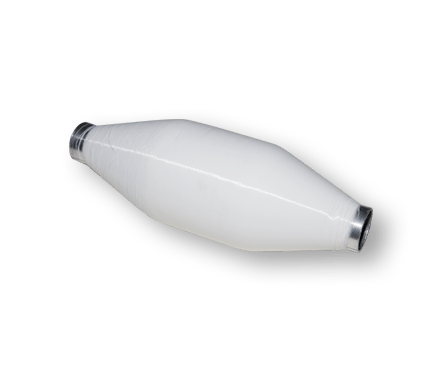What is the difference between nylon yarn and polypropy […]
What is the difference between nylon yarn and polypropylene yarn
1. Different chemical molecular structure;
Nylon yarn is a general term for thermoplastic resins containing repeating amide groups— [NHCO] —on the molecular backbone. The polypropylene yarn is polypropylene fiber.
Second, there are differences in characteristic performance;
Nylon is a tough angular translucent or milky white crystalline resin. The molecular weight of nylon as an engineering plastic is generally 15,000 to 30,000. Nylon has high mechanical strength, high softening point, heat resistance, low friction coefficient, wear resistance, self-lubricity, shock absorption and noise reduction, oil resistance, weak acid resistance, alkali resistance and general solvents, good electrical insulation, there are Self-extinguishing, non-toxic, odorless, good weather resistance, poor dyeing. The disadvantage is that the water absorption is large, which affects the dimensional stability and electrical properties. The fiber reinforcement can reduce the water absorption rate of the resin and make it work under high temperature and high humidity. The affinity of nylon and glass fiber is very good. Commonly used in making combs, toothbrushes, coat hooks, fan bones, net bag ropes, fruit packaging bags, etc. Non-toxic, but not for long-term contact with acid and alkali.
Performance form of polypropylene yarn The longitudinal surface of polypropylene is flat and smooth, and the cross section is round. The biggest advantage of density polypropylene is its light texture. Its density is only 0.91g / cm3. It is the lightest density among common chemical fibers, so it has the same weight. Polypropylene has a higher coverage area than other fibers. Strong stretch Polypropylene has high strength, large elongation, high initial modulus and excellent elasticity. Therefore, polypropylene has good abrasion resistance; in addition, the wet strength of polypropylene is basically equal to the dry strength, so it is an ideal material for making fishing nets and ropes; the hygroscopicity and dyeing properties are light and warm; it hardly absorbs moisture, but its wicking ability is very The effect of moisture absorption and perspiration is obvious; the hygroscopicity of polypropylene is very small, almost no moisture absorption, and the moisture regain rate under general atmospheric conditions is close to zero. But it has a wicking effect and can transfer water vapor through the capillary in the fabric, but it does not have any absorption effect itself. Polypropylene has poor dyeability and incomplete chromatograms, but it can be compensated by the use of stock solution coloring; acid and alkali resistance polypropylene fiber has good chemical resistance. In addition to concentrated nitric acid and concentrated caustic soda, polypropylene fiber has acid and alkali resistance. It has good resistance performance, so it is suitable for use as filter materials and packaging materials; light resistance, such as polypropylene, has poor light resistance, poor thermal stability, easy aging, and is not resistant to ironing. But it can be improved by adding anti-aging agent during spinning. In addition, polypropylene has good electrical insulation, but it is easy to generate static electricity during processing. Due to the low thermal conductivity of polypropylene and good heat retention; high strength polypropylene elastic yarn is second only to nylon, but the price is only 1/3 of nylon; the fabric is stable in size, wear-resistant and elastic, and has good chemical stability. However, it has poor thermal stability, is not resistant to sunlight, and is prone to aging and brittle damage. For this reason, anti-aging agents are often added to polypropylene; near flame is melt shrinkage, flammable, burns slowly from the fire and emits black smoke, the flame is yellow at the top and blue at the bottom Color, exudes oily smell, the ash after burning is hard round light yellow brown particles, hand twist is fragile.
3. There are significant differences in development history and usage.
Nylon yarn is often used to make combs, toothbrushes, coat hooks, fan bones, net bag ropes, fruit packaging bags, etc. Non-toxic, but not for long-term contact with acid and alkali.
Polypropylene yarn civilian use: can be purely spun or blended with wool, cotton or viscose to make various clothing. It can be used for weaving all kinds of knitwear such as socks, gloves, sweaters, knit pants, dish cloth, mosquito net cloth, quilt, warm padding, wet diapers, etc.
Polypropylene non-woven fabric; industrial uses: carpets, fishing nets, canvas, hoses, concrete reinforcements, industrial fabrics, non-woven fabrics, etc. Such as carpets, industrial filter cloths, ropes, fishing nets, building reinforcement materials, oil-absorbing blankets, and decorative cloth.
